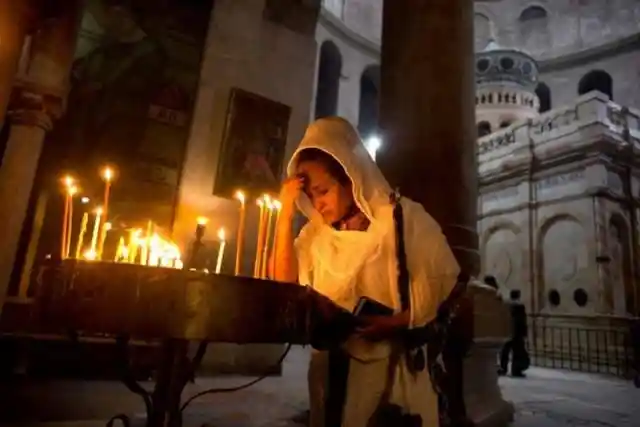
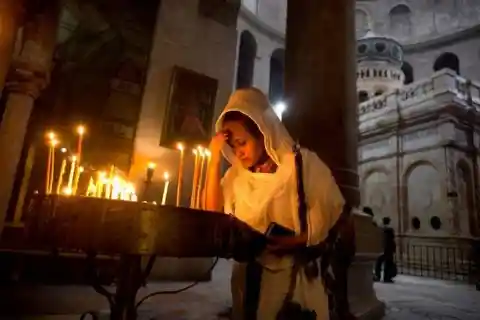
The Church of the Holy Sepulchre in Jerusalem has suffered so many earthquakes, fires, and attacks, that by 1009, it was totally destroyed. What makes this church so important is that it is said to contain Jesus’ tomb. After being destroyed, the church was rebuilt, but modern scholars wondered whether this was really Christ’s burial place.
Around 17 centuries ago, a delegation from Rome confirmed it, but in 2016, science would be used to learn the truth. The study started in 2016, with the renovation of the tomb.
An Essential Structure for Christianity
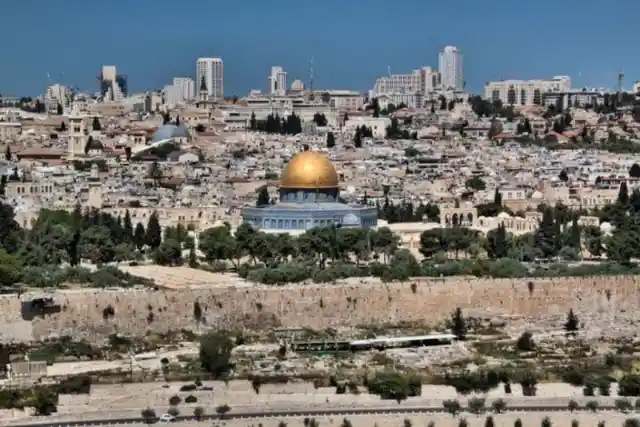
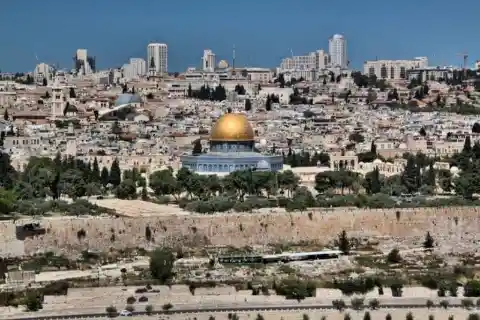
In the New Testament, it is written that Jesus’ tomb was built close to where he was crucified. The tomb would contain not only the body but also the cross he had died on.
The exact site of the burial wasn’t discovered by archaeologists, but historians did have records on what is today called the Church of the Holy Sepulchre.
On a Quest to Discover Jesus’ Tomb
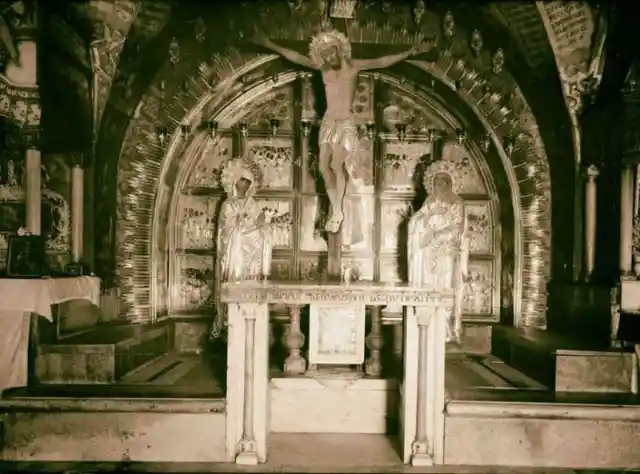
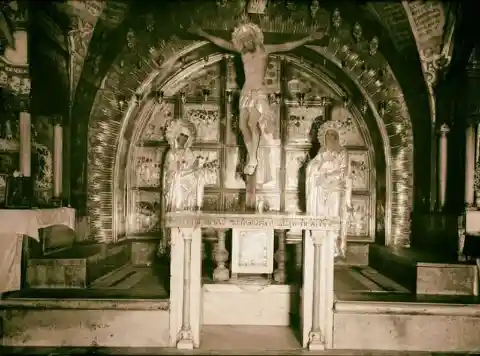
The Church of the Holy Sepulchre was built in about 326 CE by Roman emperor Constantine the Great. Initially, this was meant to be his tomb.
His mother Helena was helped by a bishop named Eusebius to look for Jesus’ tomb, which had been erected three centuries before. She believed that she had found the burial site…
The Church of the Holy Sepulchre
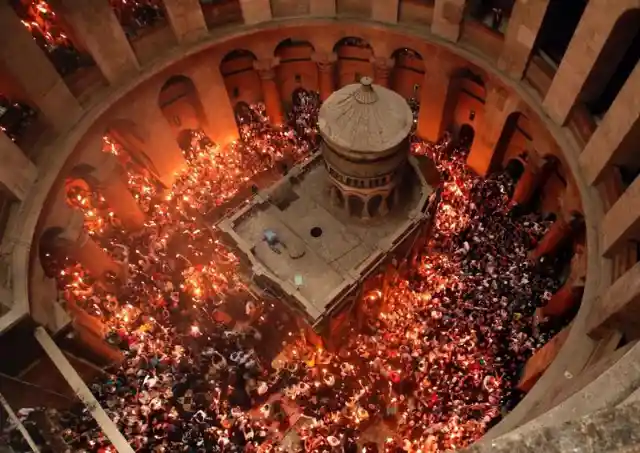
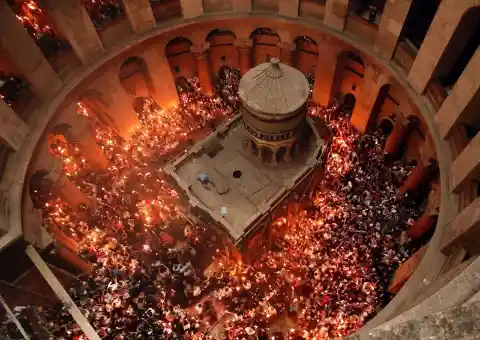
Helena turned her son’s tomb into the Church of the Holy Sepulchre, which has lasted through centuries. In 1545, the bell tower collapsed and Franciscan friars started a renovation, including cleaning the shrine that housed Jesus’ tomb.
The monks decided to seal the burial site in 1555 and they added a slab of marble over the limestone burial so that pilgrims wouldn’t touch the place where Jesus’ body had sat.
Looking for Proof
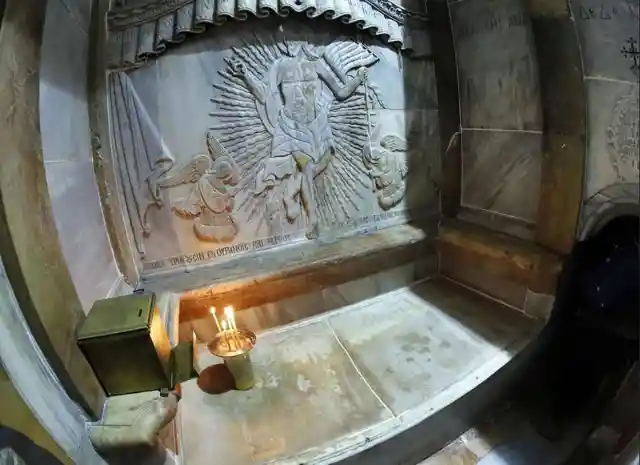
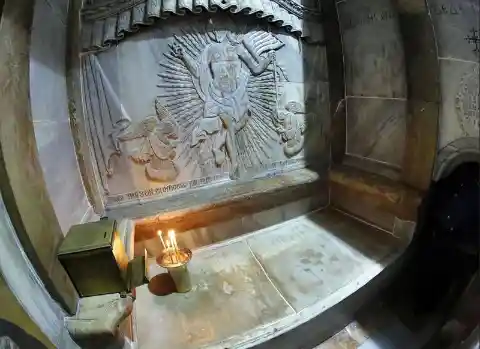
Now, archaeologists wanted to find proof that Jesus’ body had been laid there. They had to excavate into the burial place to advance their research.
Centuries after the last restoration, it was time for a modern restoration to take place. But here’s why things were more complicated than we thought…
Agreeing With the Restoration
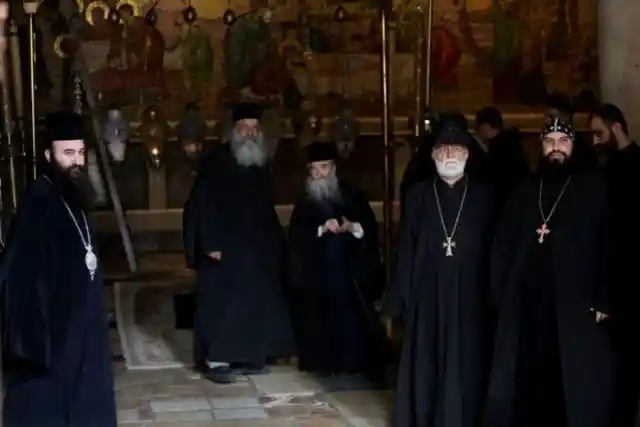
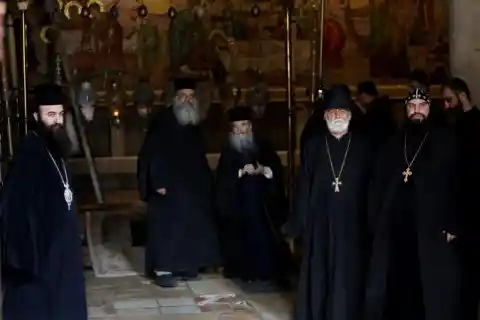
It was obvious a modern restoration was long overdue, but there was a problem. The Roman Catholic, Armenian Apostolic, and Greek Orthodox churches all have custody over this church.
That meant they all had to agree with the decision, and history shows us they will always have a different point of view. Take for instance the “immovable ladder.”
The “Immovable Ladder”
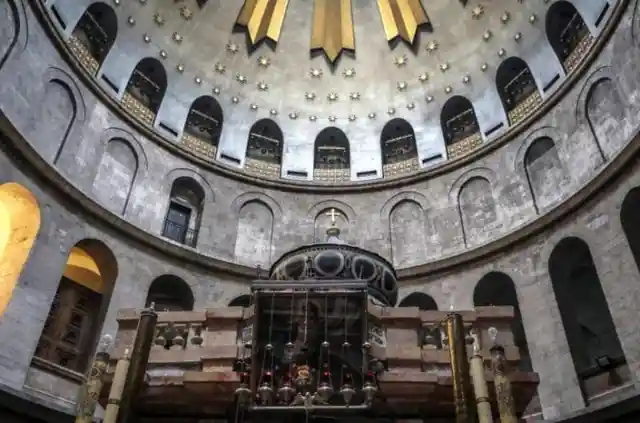
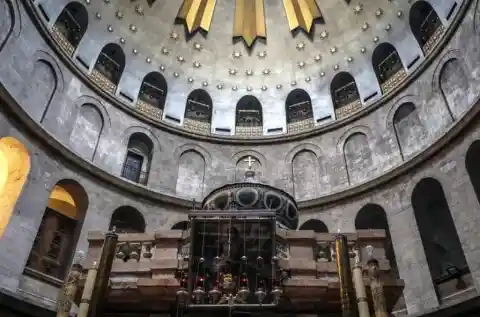
The three churches couldn’t reach an agreement over a ladder of Lebanon cedar that was sitting over the entrance of the church. So the ladder hasn’t been removed in over two and a half centuries because the churches couldn’t put their differences aside.
However, the churches decided that they had to do some cleaning up. They had no idea they would be the witnesses of an incredible discovery!
Preserving the Tomb
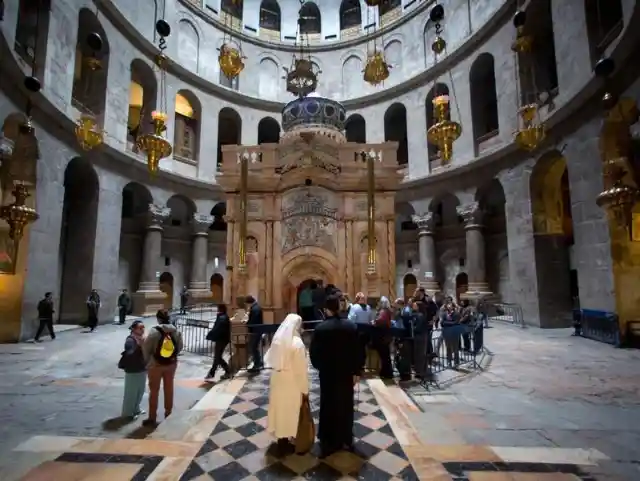
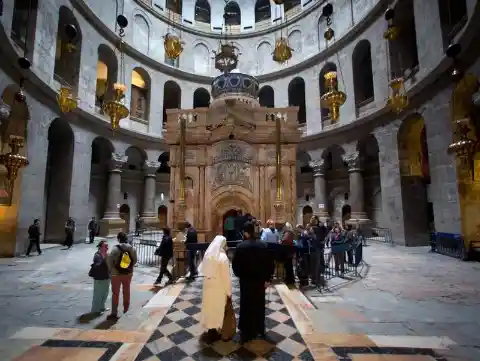
Before the 2016 renovation efforts, the last intervention in keeping the edicule from crumbling was made in 1947, during British colonial rule. They placed iron scaffolding around the edicule.
In the 2016 project, restoration also included an archaeological excavation of Jesus’ tomb. Scientists hoped they would reveal the tomb’s contents.
Looking for the Historical Truth
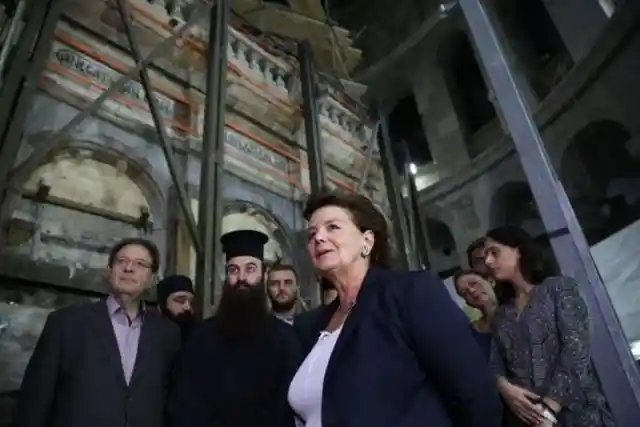
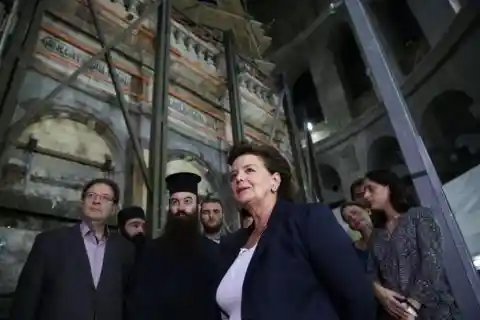
Biblical archaeology is a growing field that looks for the historical truth of the events and places mentioned in the Bible. The 2016 excavation was going to help archaeologists learn more about the tomb.
Thanks to modern technology, the information that could be gathered would help scientists learn if the tomb at the Church of the Holy Sepulchre was Jesus’ final resting place.
Suspicions Grew Over the Centuries
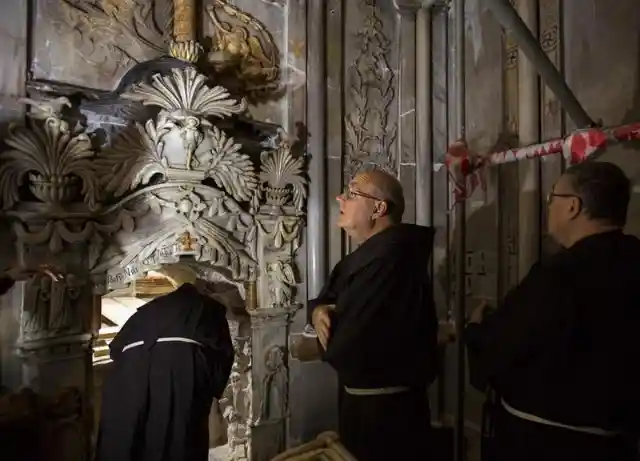
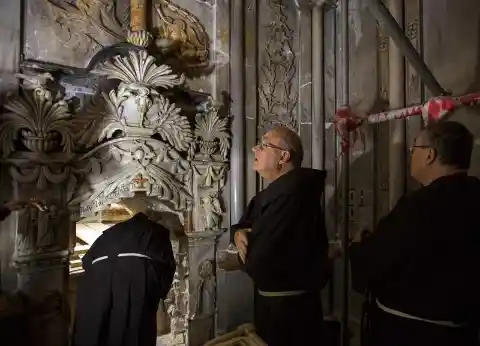
After so many natural disasters and wars, and with the passing of centuries, scientists didn’t know whether the edicule housed Jesus’ tomb or not.
Following Jesus’ death, nearly 4 decades later, Jerusalem was razed to the ground after the First Jewish-Roman War. Then, there was physical evidence only for two crucifixions during the time of Jesus…
Two Crucifixions
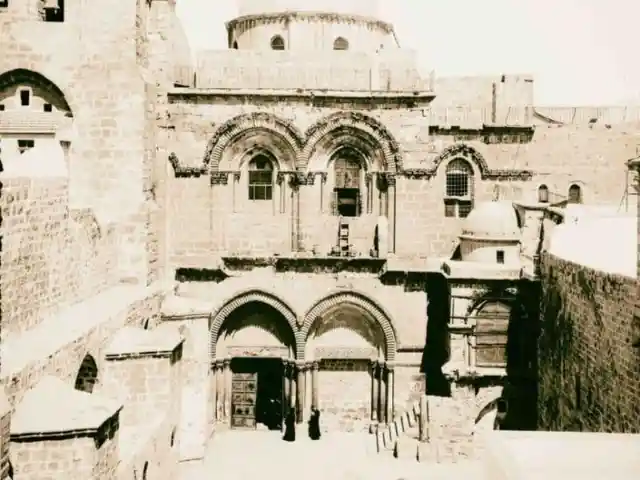
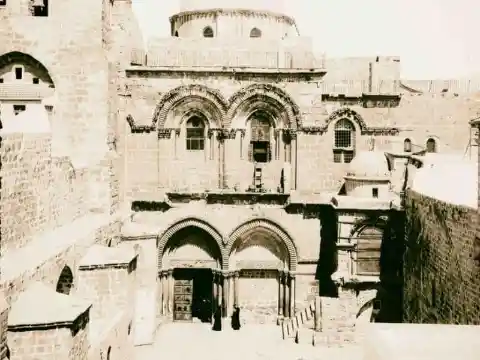
One of the crucifixions was found by archaeologists near Jerusalem in 1968 and the other one was found in Italy in 2018, both being dated to Jesus’ time.
Moreover, it is unlikely that the burial had remained in that location. But after centuries of destroying and rebuilding or altering the Sepulchre, scientists would soon learn whether this was Jesus’ tomb or not.
Restoring and Discovering the Truth
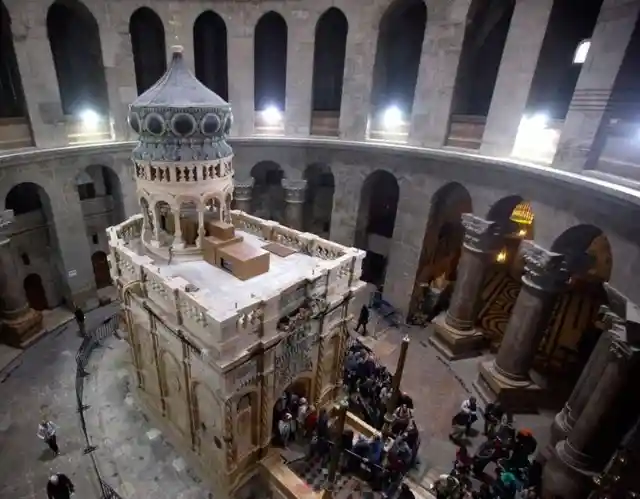
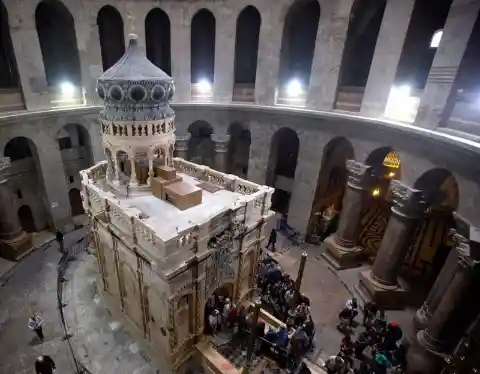
First, the edicule had to have it's exterior reinforced. The renovation also included removing mould and water damage. Around the site, excavations slowly gave hope to archaeologists, who felt that they would soon discover something huge.
In the 1970s, previous excavations at the church helped researchers learn that the Holy Sepulchre structure was built to cover the previous ruling religion…
A Temple for Jupiter and Venus
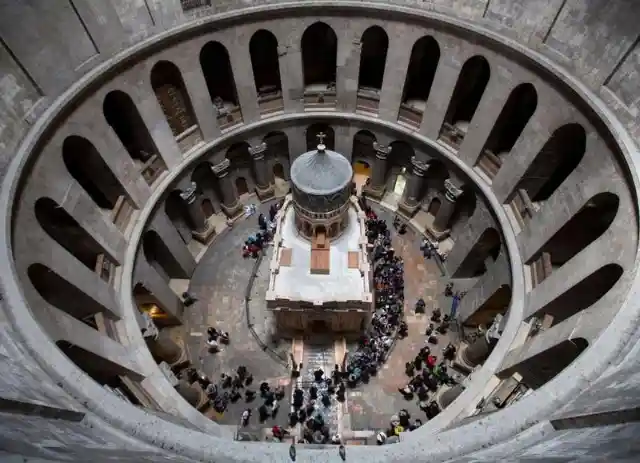
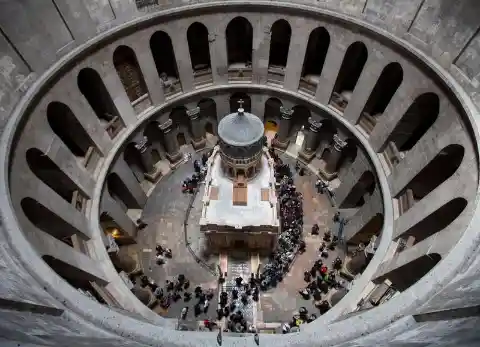
The site where Jesus’ tomb has been placed was once a temple for the Roman gods Jupiter or Venus. Emperor Hadrian had built it centuries before Constantine became an emperor.
In the ‘70s excavation, a Franciscan priest and archaeologist Virgilio Canio Corbo concluded that the church’s enclosure was nearly in the same place as it was during Hadrian’s time. That meant that the location of the edicule had been there since the 2nd century CE.
Finding Evidence for Corbo’s Hypothesis
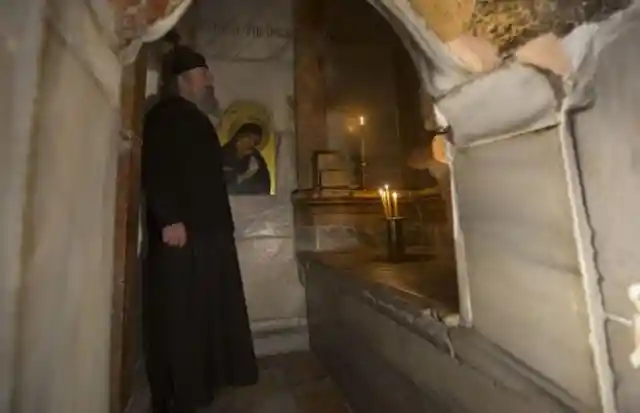
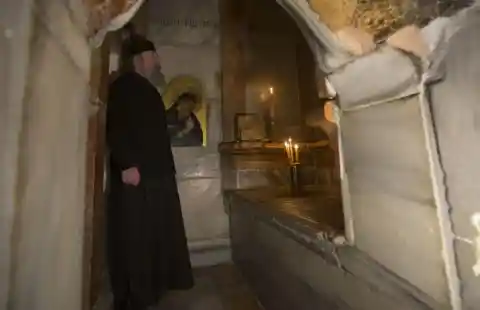
Corbo’s hypothesis needed more proof back in the’70s, and here’s where excavations during the twentieth century confirmed a description from the Bible.
The Church of the Holy Sepulchre had some rock tombs and there was also an ancient limestone quarry, remaining from Constantine’s first church from 326. But there was one thing that didn’t line up…
Where Was The Church’s Exact Location?
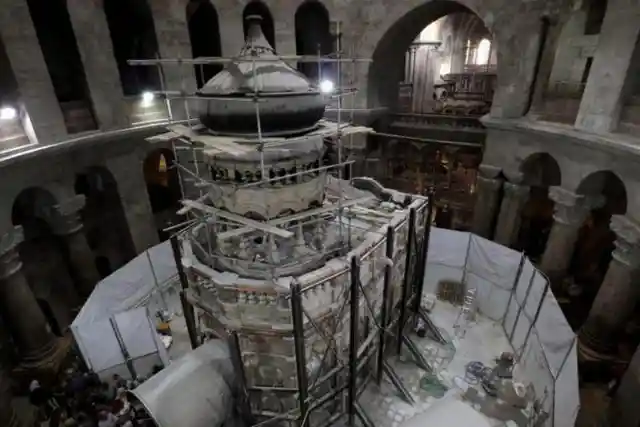
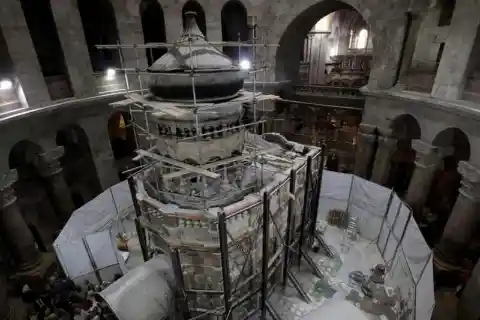
According to the text in the Bible, we’re told that Jesus was buried outside the city’s walls. However, the church and tomb are now inside the walls of Jerusalem’s Old City.
According to later discoveries, the walls of the Old City have expanded after Jesus’ death, which is why the church is now inside the city. The restoration work would soon shed more light upon Jesus’ tomb.
A Once-in-a-lifetime Opportunity
A team from Athens was taking care of the restoration, and the churches agreed to it, as long as there would be no alterations to the structure.
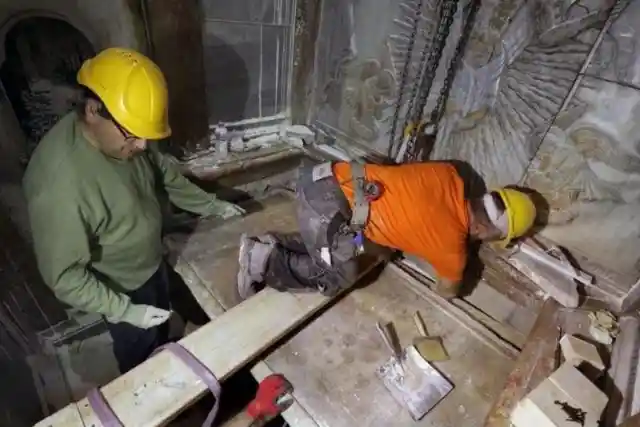
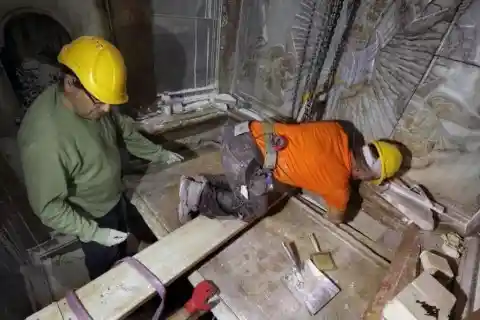
The time to see what was inside Jesus’ tomb was drawing close. It was going to be a once-in-a-lifetime opportunity! The team took ten months to restore the exterior of the edicule.
A Long Restoration Project
The restoration team took great care in removing the mold and water damage from the exterior of the edicule.
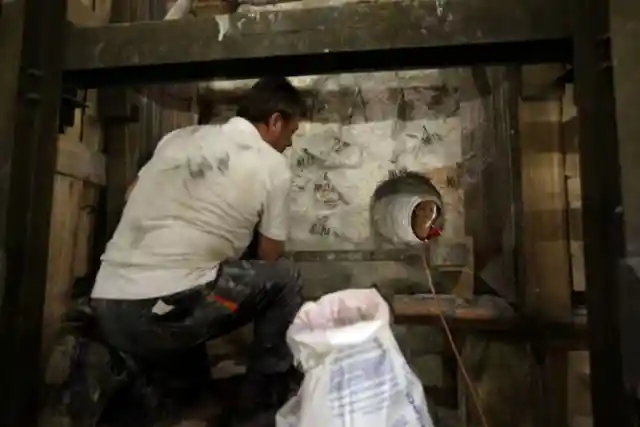
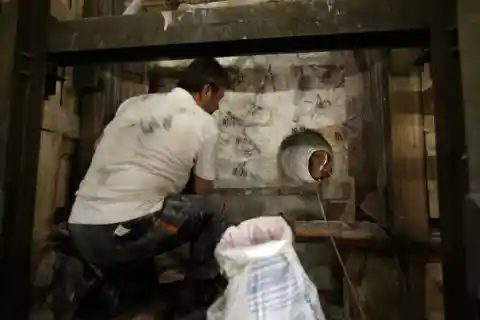
They also inserted modern screws to improve the foundation and the walls so that the structure would last more centuries. But the best part of the project was saved for later…
Looking Inside the Burial Chamber
The team was ready to finally remove the slab of marble that was laid over the burial chamber by the Franciscan monks. The scientists and the monks had been looking forward to this moment for their entire lives.
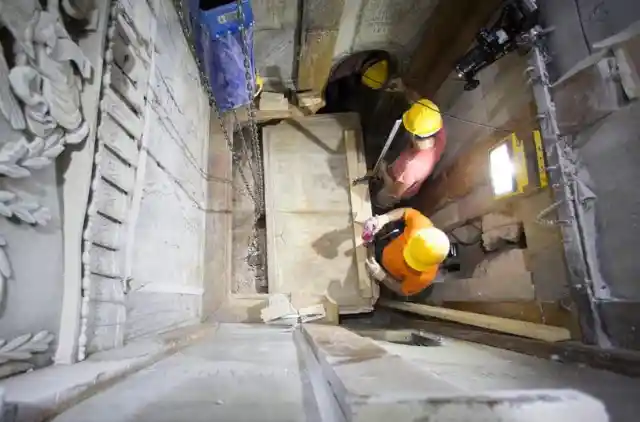
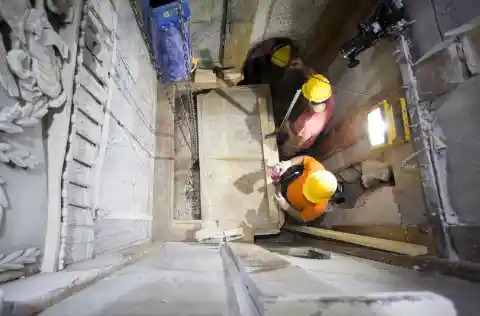
It happened on October 25 and 26 in 2016. After 64 hours of slowly and carefully removing the marble part, the moment of truth was near!
An Unexpected Sight
The team had no idea what to expect when they lifted the marble slab. They were now looking at something that had been hidden for thousands of years.
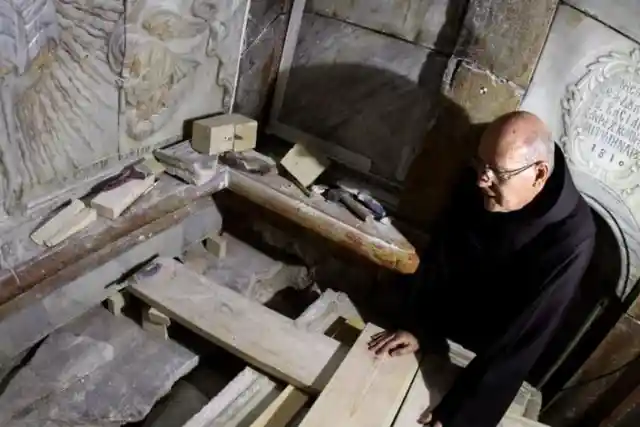
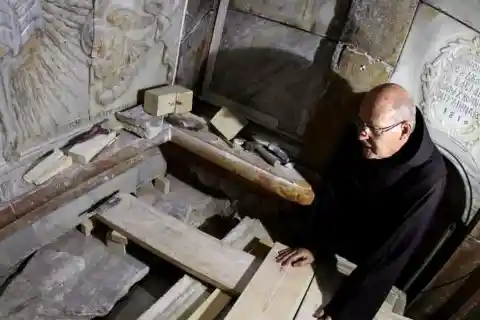
Layers of dirt and debris were piled up under the slab and it took hours of sifting through it when the made the shocking discovery!
Another Slab of Marble
Under the first slab of marble placed in 1555, the team was now looking at another slab of marble, this time a gray, older slab of marble.
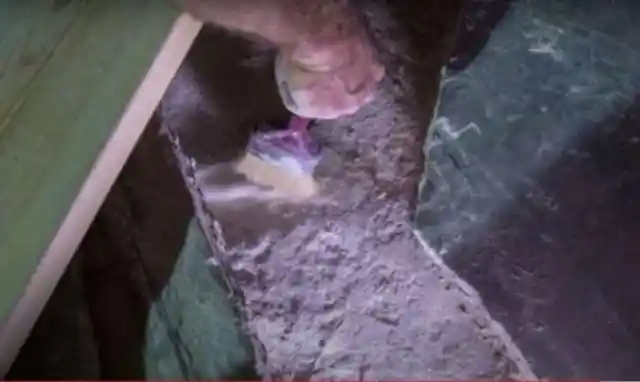
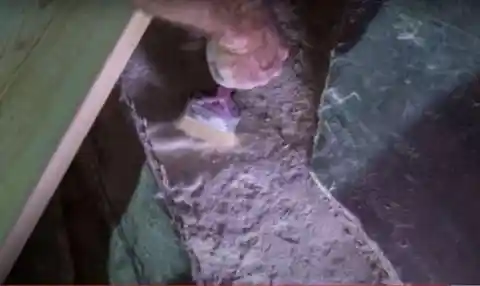
Taking a closer look, the research team took a collective gasp when they discovered a cross etched into the center of that stone! So what did that mean?
A Mysterious Slab of Marble
It was clear that this second slab of marble was mysterious, so researchers theorized the cross was etched into the marble during the time of the Crusaders.
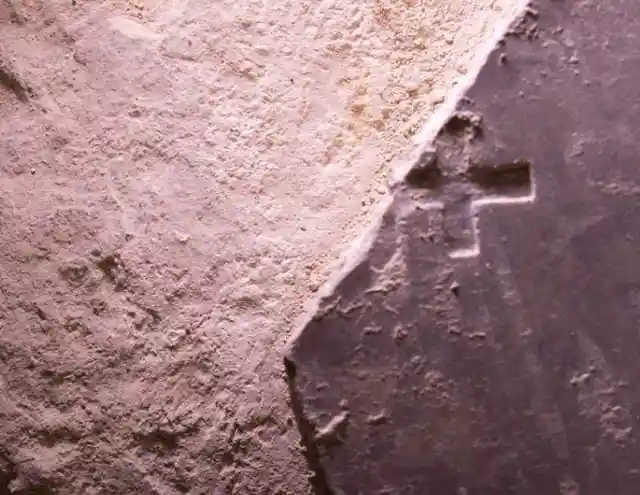
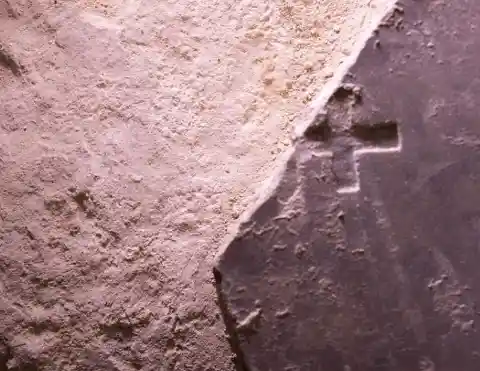
Others believed that the cracked surfaced was caused by Arab conquerors in 1009, before the Crusades. The last theory was that this piece of marble was much older. They began analyzing samples of rocks to find the answer to this mystery.
Finding Answers
Only by analyzing the rock samples from the burial chamber, scientists would be able to accurately date them. This is where archaeologist Martin Biddle’s work will go down in history.
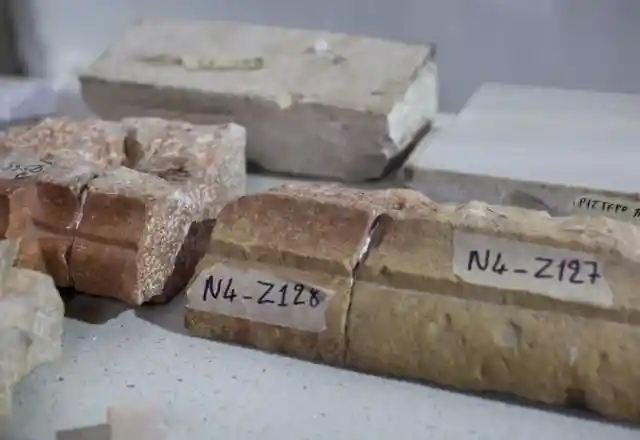
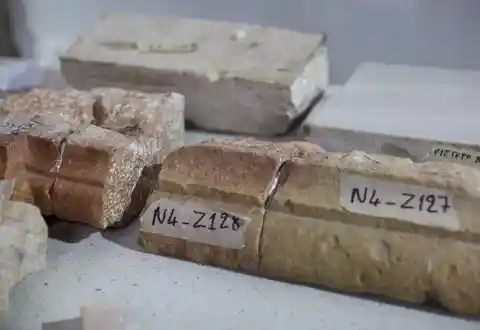
He used thermal imaging and small robotic cameras to create a virtual model of the edicule to prove that the location of the church hasn’t been change since Constantine’s time. But one more proof helped him consolidate this theory.
Rock Samples Were Finally Analyzed
After using optical stimulated luminescence (OSL) on the rock samples, the team was able to exactly date the chamber. The analysis was made in two separate labs.
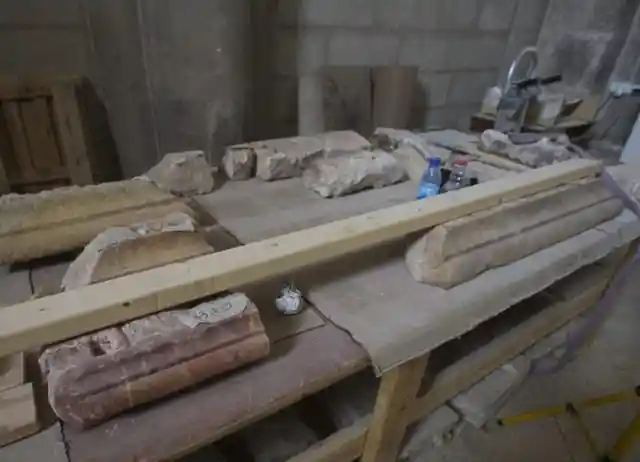
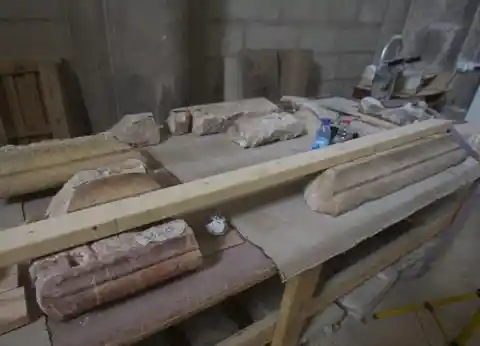
It took them one year to find the answer, but it was worth the time! The analysis of the rocks using OSL determines when a substance was last exposed to light. Here’s what they discovered…
Constantine Had Built the Church of the Holy Sepulchre
Looking at the results, the test of the rock samples inside the burial tomb show that they were last exposed in the fourth century, meaning that it happened when Constantine had built the Church of the Holy Sepulchre.
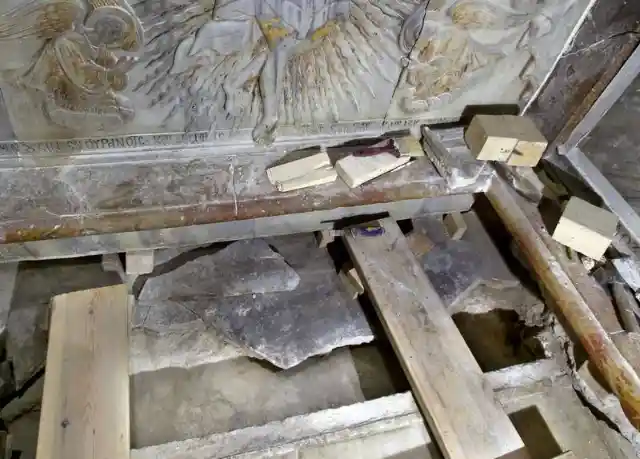
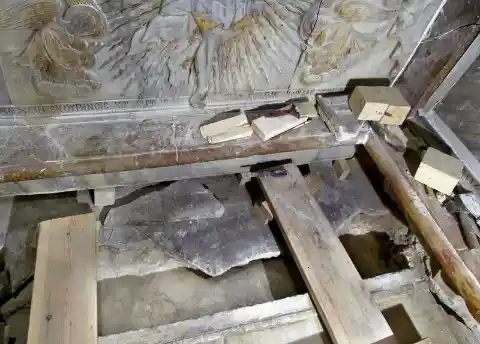
“Obviously that date is spot-on for whatever Constantine did. That’s very remarkable.” archaeologist Martin Biddle told National Geographic. But there was even more proof…
An Essential Finding
Antonia Moropoulou, the chief scientific coordinator of the restoration project explained in a statement to Agence France Presse the importance of their discovery.
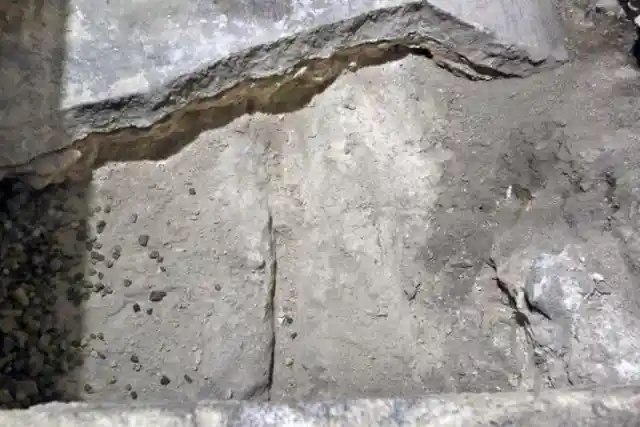
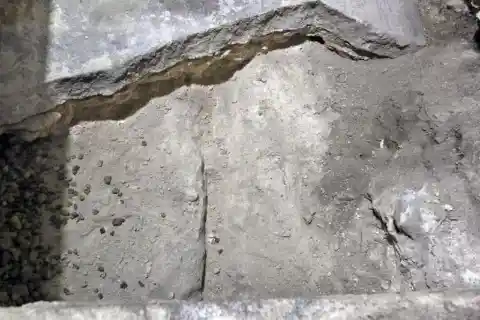
“This is a very important finding because it confirms that it was, as historically evidenced, Constantine the Great responsible for cladding bedrock of the tomb of Christ with the marble slabs in the edicule.”
Jesus’ Body
Renown Israeli archaeologist Dan Bahat had initially doubted Corbo’s claim of the church bein nearly in the same place where it had initially been built.
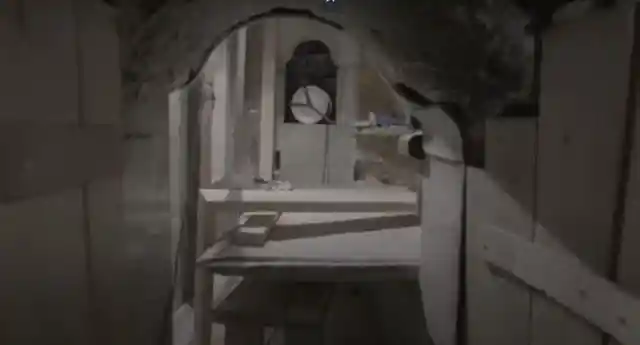
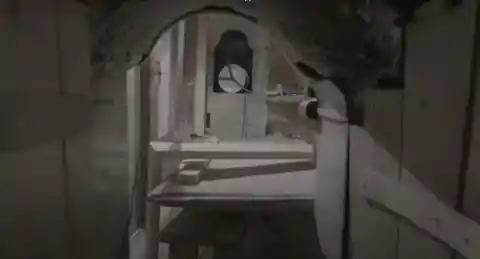
However, with the latest discoveries, he said that “we really have no reason to reject the authenticity of the site,” adding that “there are no other sites that can lay a claim nearly as weighty.”
An Essential Discovery
What makes this discovery groundbreaking is that the new proof found in Jesus’ tomb confirms that this is the tomb brought into the Church of the Holy Sepulchre, which was built in 326 by Emperor Constantine.
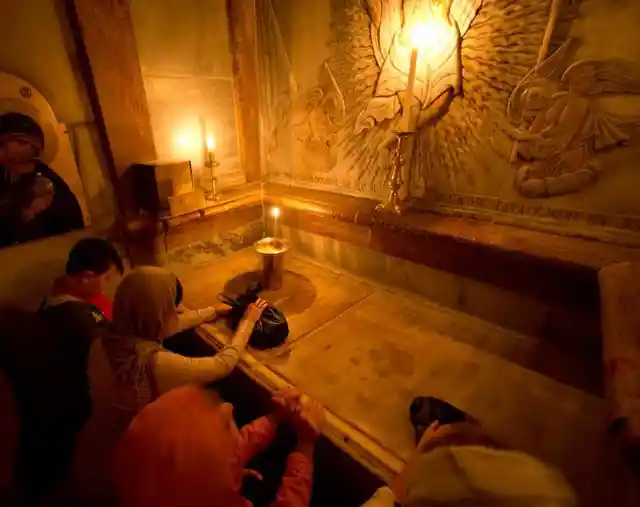
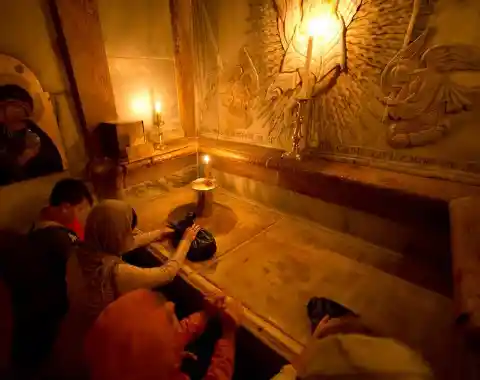
This finding is essential for scientists, archaeologists, and the Church, who have uncovered new truths about the stories in the Bible.